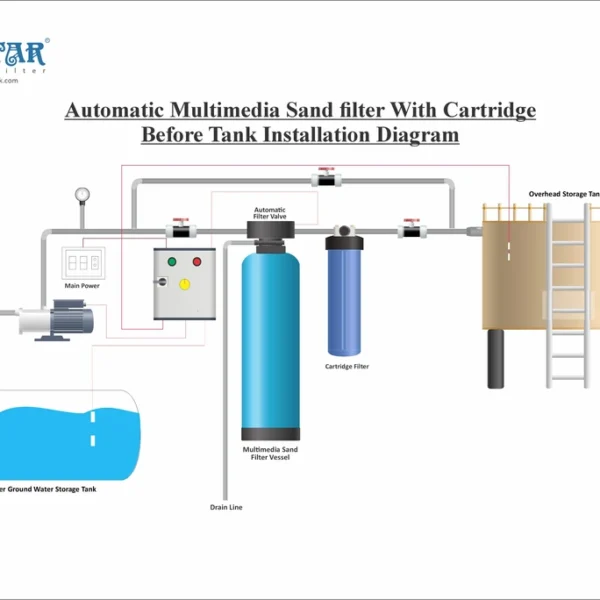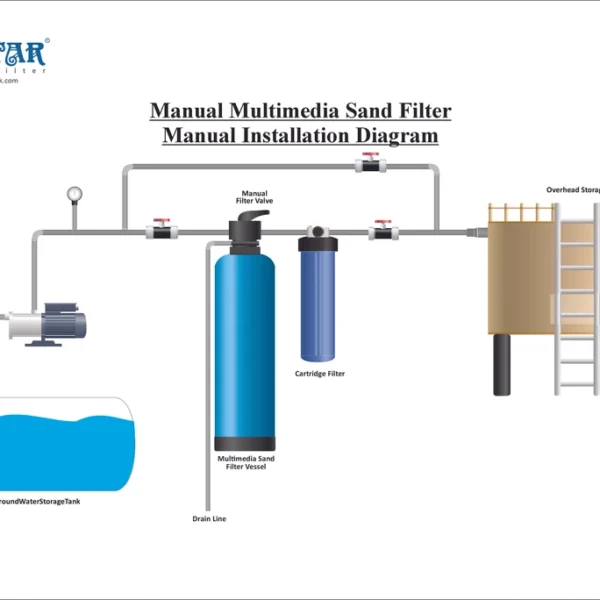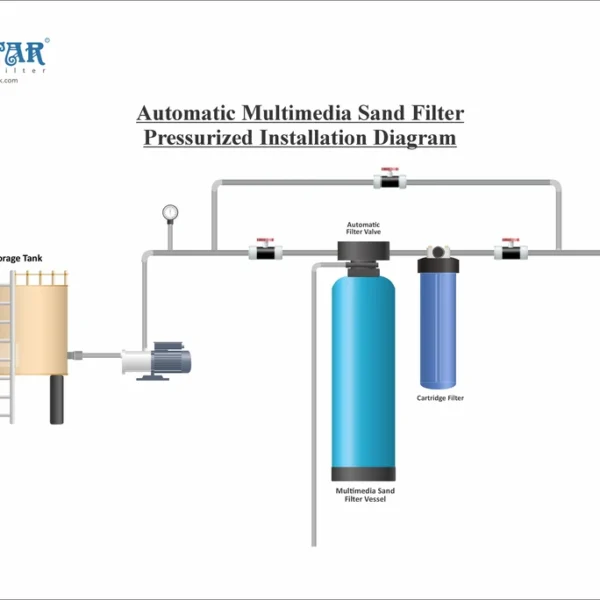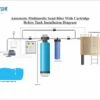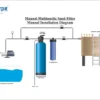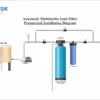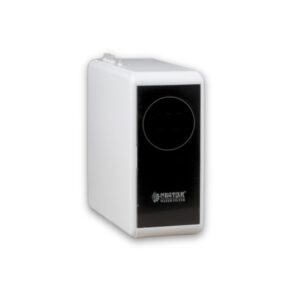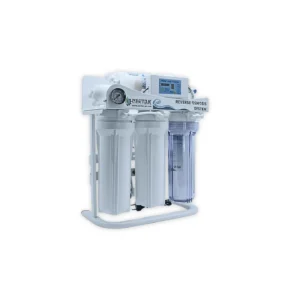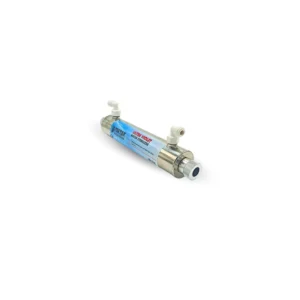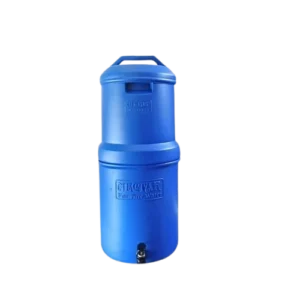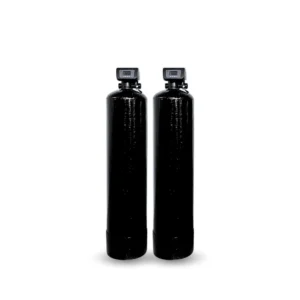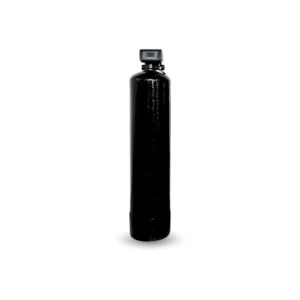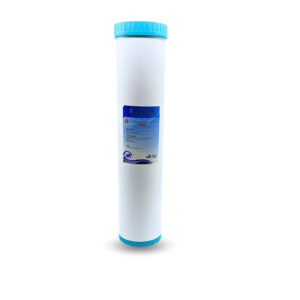Description
How It Works:
- Water Enters the Filter Tank:
- Water from the main supply enters a tank filled with graded sand or other filtration media.
- Filtration Process:
- As water flows through the sand bed, larger particles (like sand, silt, and rust) are trapped between the sand grains, preventing them from passing through.
- Clean water continues downward through the sand and exits the filter.
- Backwashing:
- Over time, the sand bed gets clogged with trapped sediment. The filter uses a backwash cycle to reverse the water flow, flushing out the accumulated debris and rejuvenating the sand media.
- This self-cleaning process ensures the filter remains effective over time.
Benefits of a Whole-House Sand Media Filter:
- Removes Sediments and Debris:
- Filters out particles like sand, silt, rust, and dirt, ensuring cleaner water for the entire house.
- Improves water clarity and quality, making water safe for household use.
- Protects Plumbing and Appliances:
- Prevents clogging and buildup in pipes, water heaters, washing machines, dishwashers, and faucets.
- Reduces wear and tear on appliances, extending their lifespan and improving performance.
- Reduces Maintenance Costs:
- By filtering out large particles, a sand filter prevents damage to more delicate water treatment systems, like water softeners or reverse osmosis units, reducing maintenance needs.
- Backwashing minimizes the need for frequent manual cleaning or media replacement, lowering long-term costs.
- Clearer, Cleaner Water:
- Provides clean, sediment-free water for drinking, bathing, and household use, improving the overall water experience.
- Reduces water discoloration and improves taste and smell by removing particulate matter.
- Prevents Staining:
- Eliminates the presence of rust and sediment that can cause stains on sinks, tubs, toilets, and appliances, reducing cleaning effort and improving aesthetics.


